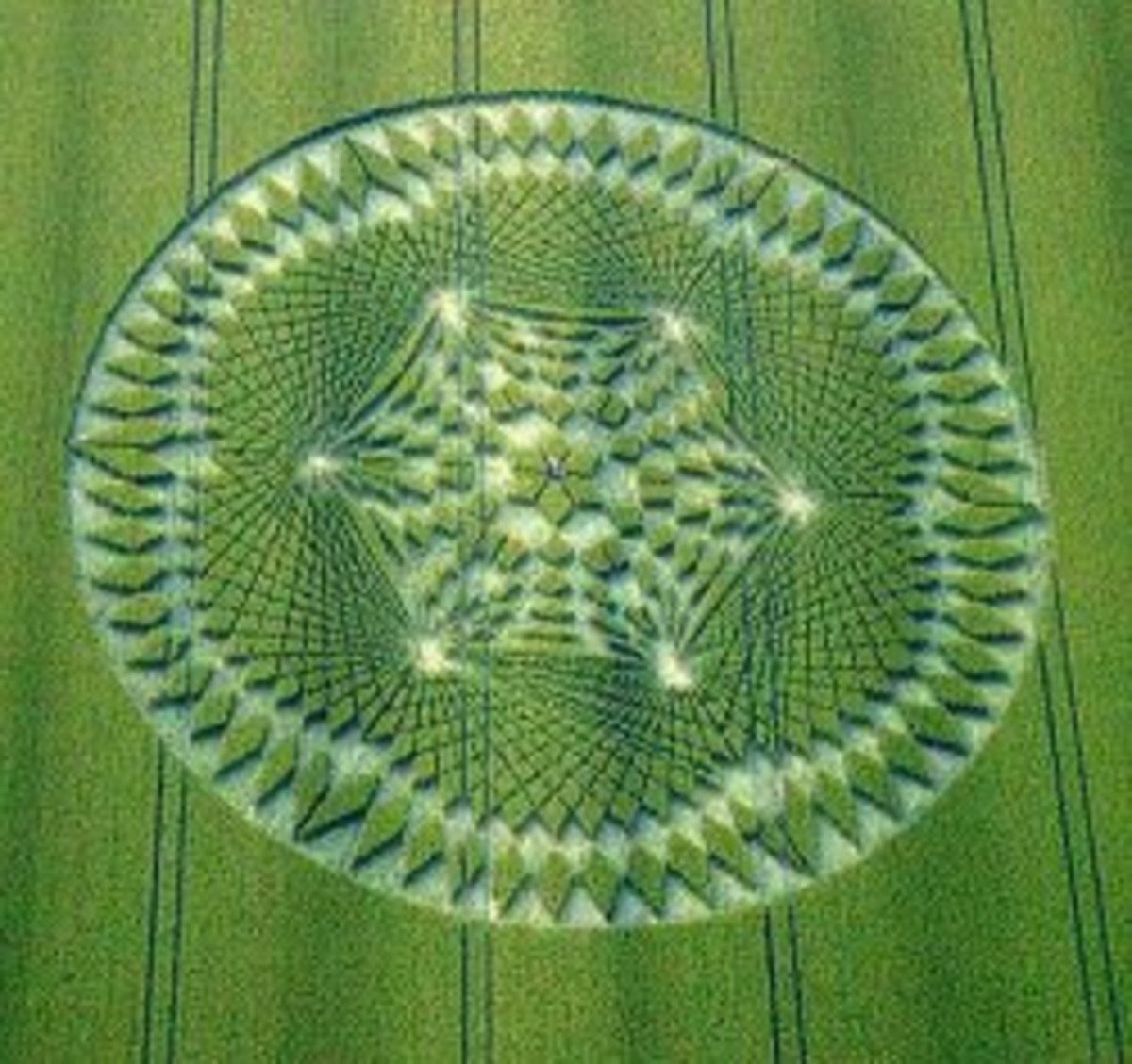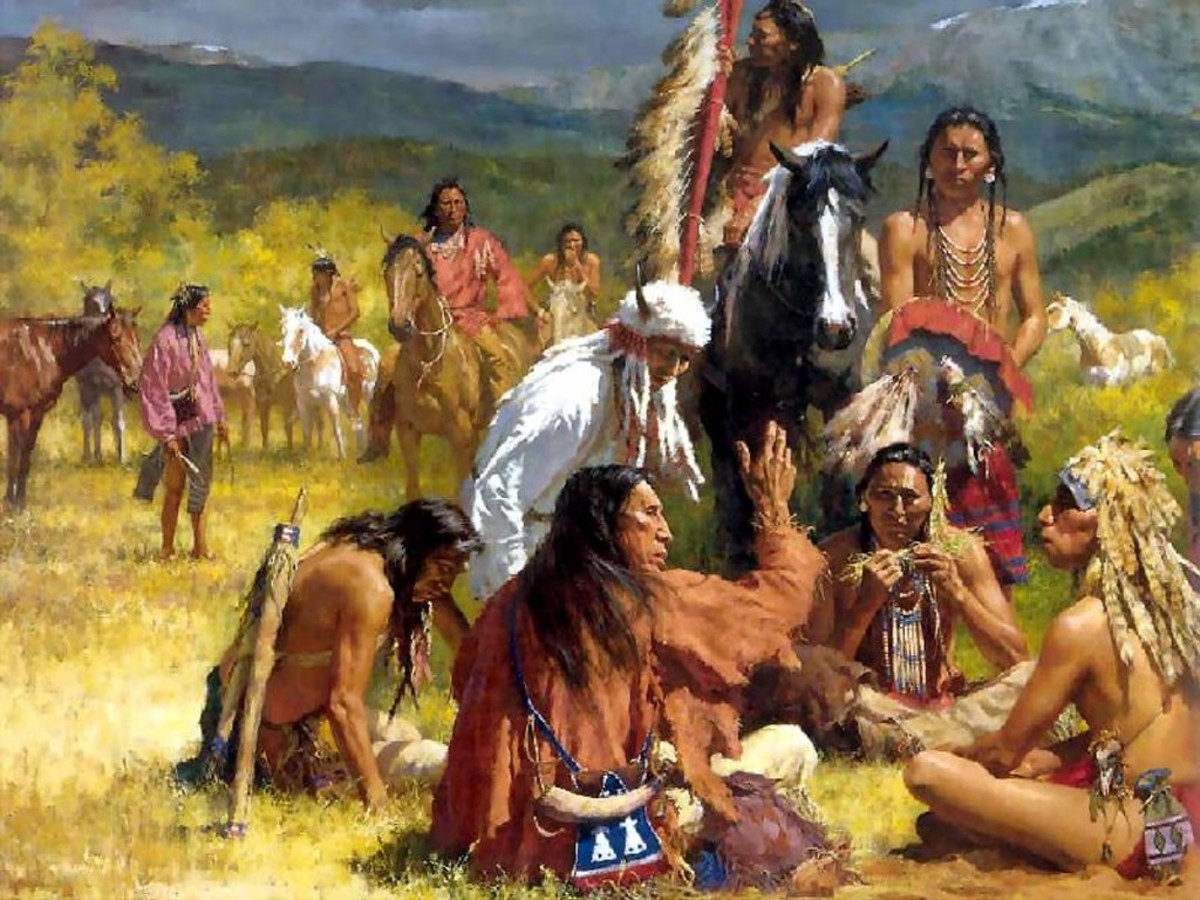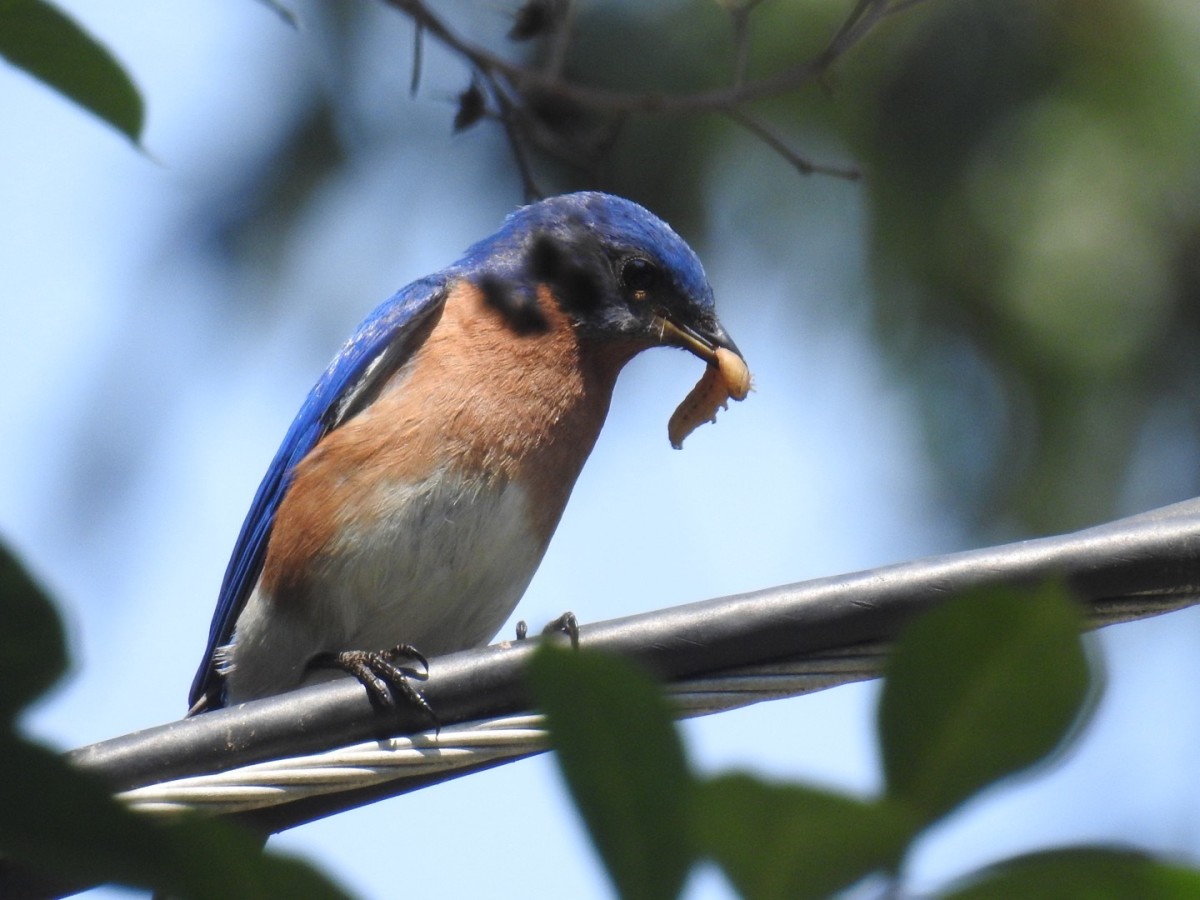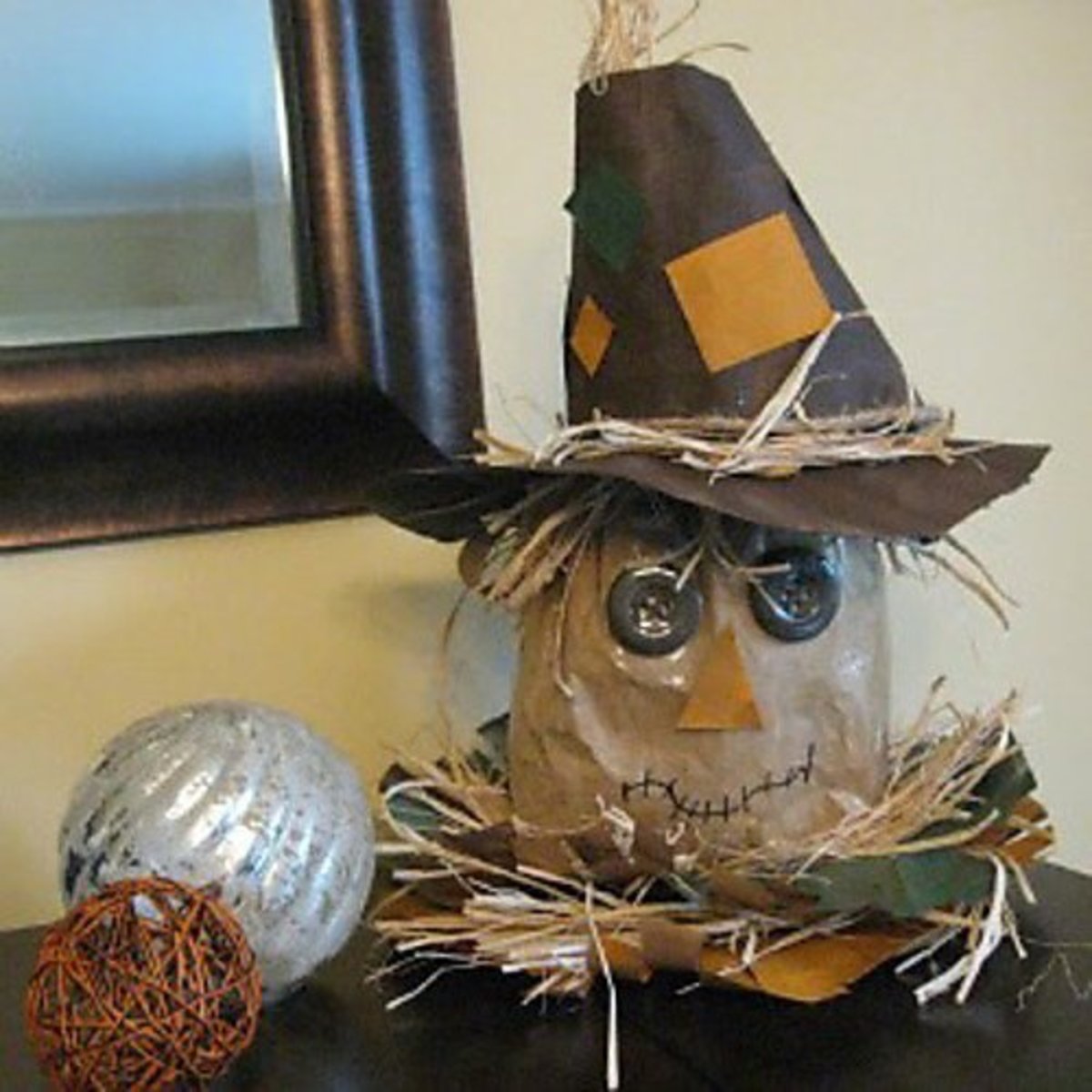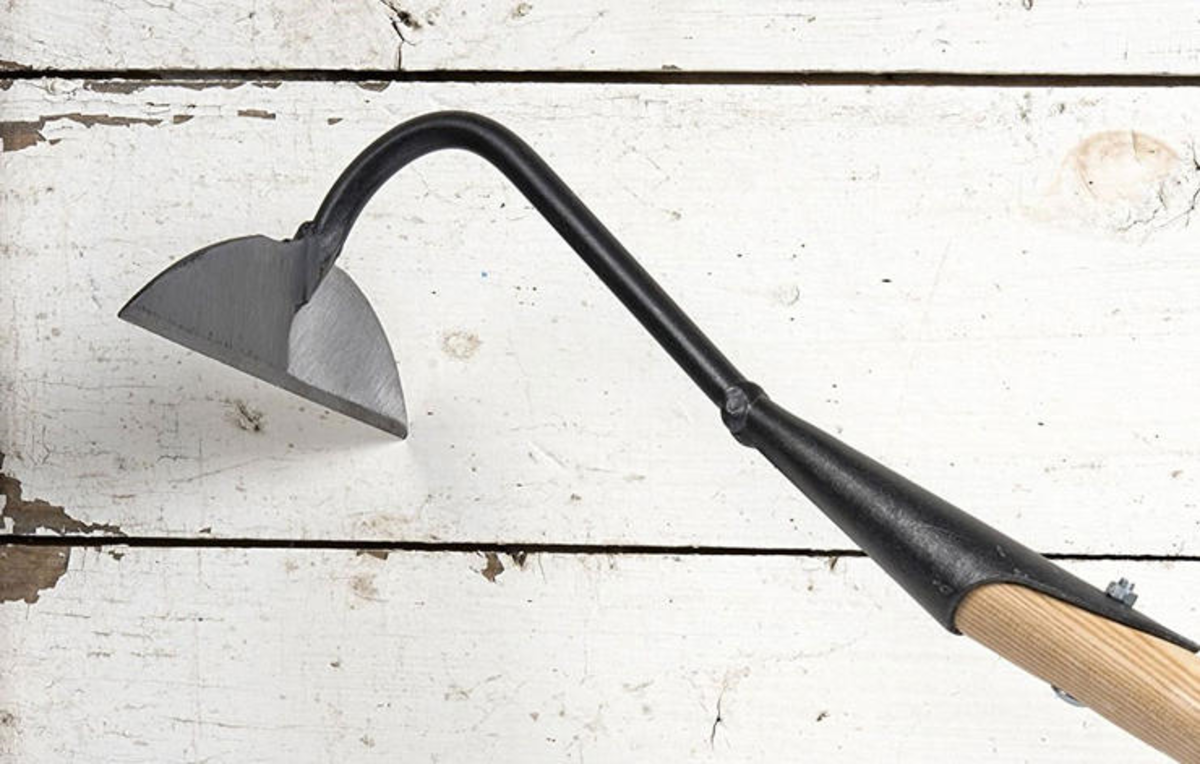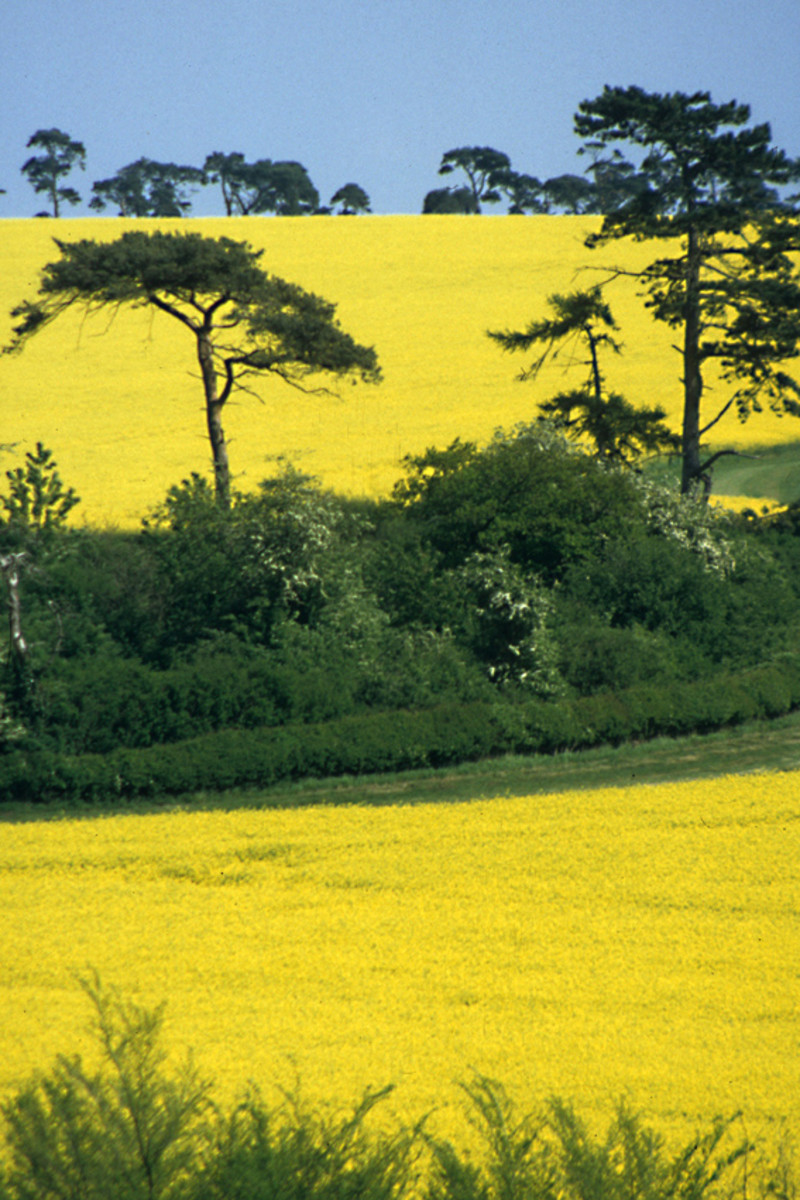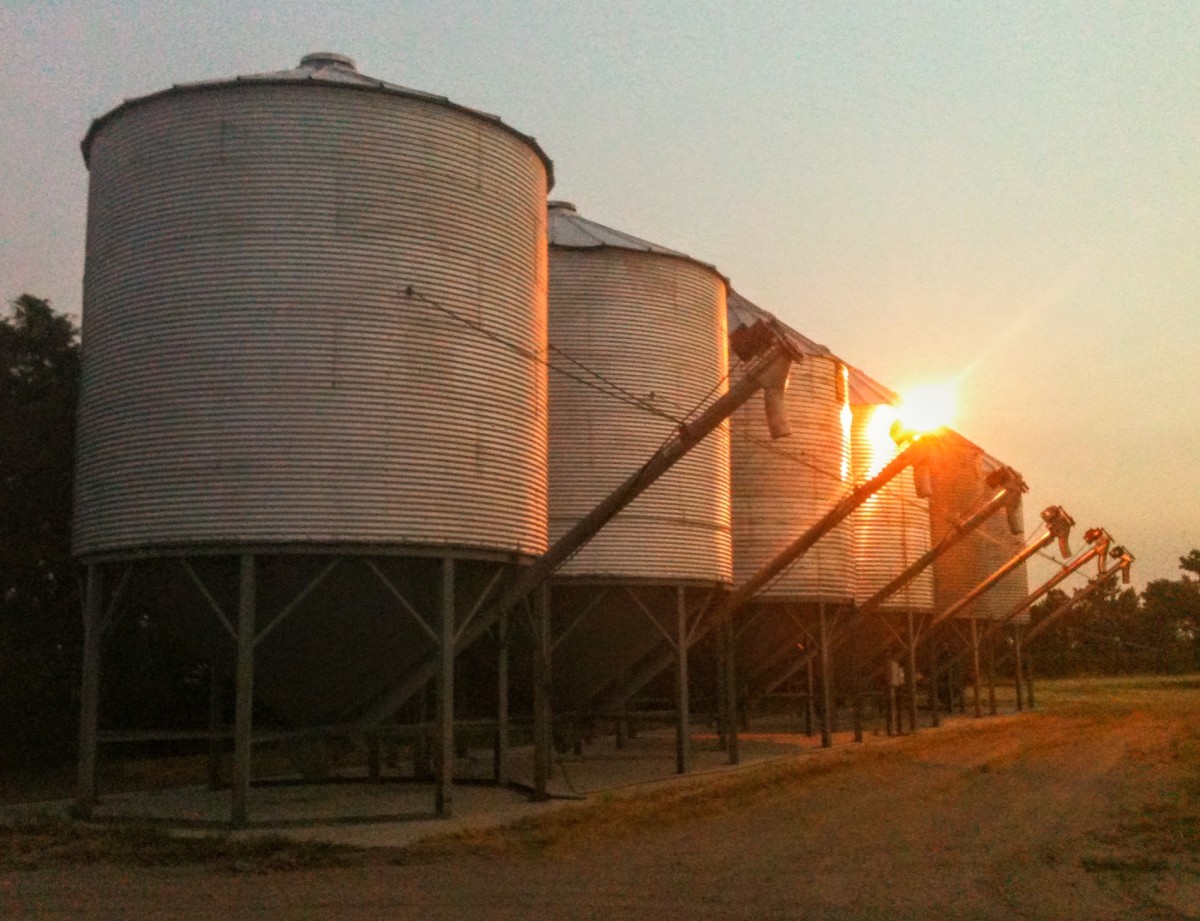Scarecrows-Guardians of our crops
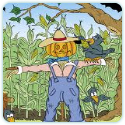
When you travel by train, and look out at cultivated lands as the train thunders past, you must have noticed decoys propped up on sticks guarding the fields. (A scarecrow is a human figure dressed in old clothes and placed in fields by farmers to discourage birds such as crows from disturbing and feeding on recently cast seed and growing crops.) But did you know that scarecrows have been used all over the world by Man to protect his farming from birds and other animals from times immemorial?
Three-thousand-year-old wall paintings in ancient Egyptian tombs depict farmers scaring flocks of quail away from their wheat fields along the Nile. Native American Indians used “live’ scarecrows or people to frighten away birds—adult men would sit on raised platforms and wave their arms about and howl at the sight of crows! In the North American state of Georgia, entire Creek Indian families moved into huts in their corn fields during the growing season to protect the crop from birds and other animals. They acted as human scarecrows themselves, making as much noise as possible to keep animals at bay.
The Navajo Indians of North America also used scarecrows to keep birds away from their crops and to prevent sheep from walking off cliffs. However, Navajo scarecrows had one difference from other scarecrows – they had no faces, as it was considered taboo to make scarecrows look human. So sometimes, Navajo scarecrows had a bucket or a dried shrub for a face!
Emigrant settlers who came to North America from Europe also brought with them different kinds of scarecrows. In Pennsylvania, Dutch and German farmers made realistic scarecrows that looked like men. This kind of scarecrow was called a ‘bootzamon’ or bogeyman. The scarecrow’s body was built around a wooden cross, and its head was an old broom or a bundle of rags stuffed with straw.
The bootzamon usually wore a straw hat, and a large handkerchief knotted around its neck. Sometimes, a second scarecrow was built to keep the bootzamon company. This ‘bootzafrau’ or bogeywife, was dressed in a long dress or coat, with a bonnet on its head. This female scarecrow was placed on the opposite end of the field, and perhaps these two scarecrows gave each other company as they guarded cornfields, strawberry patches, and cherry orchards. In the American Southwest, Zuni children in the late 1800’s had contests to see who could make the most unusual scarecrow.
In ancient Greece, farmers made wooden scarecrows in the form of Priapus, who was the God of Gardens. Priapus was supposed to be very ugly, and the farmers painted their scarecrow images of him purple, and put a club in one of his hands so that he looked suitably menacing, and a sickle in the other to ensure a good harvest. The Romans copied the Greek system of making scarecrows, and when their conquering armies swept through Europe, the farmers in places like France, Germany and England also began to place scarecrows in their fields. In France, scarecrows are called ‘epouvantails’, meaning literally ‘frighteners’!
Japanese farmers, who cultivated mainly rice, protected their fields by making scarecrows from bamboo poles. They hung old rags, meat, or fish bones from these poles, and then set them on fire. The smell was so bad that it kept birds away! The Japanese farmers called these scarecrows ‘kakashis’ which means something that smells bad. Eventually, Japanese farmers also made scarecrows that looked like people. They were dressed in coats made of reeds, and were peaked straw hats. They sometimes carried bows and arrows to make them look scarier, and shiny pieces of metal were hung from them that clattered and swayed in the wind.
These scarecrows were also called kakashis, even though they didn’t smell bad at all! Modern Japanese farmers are very creative when they make scarecrows that are now used more for decorative purposes than for scaring away birds. Now, one can find Japanese scarecrows wearing kimonos, or looking like cartoon characters, and samurai warriors. These creations that add a touch of humor to the landscape, have become tourist attractions.
In Cambodia, villagers believe that scarecrows or ‘ting mong’ protect their animals and family members, and they often combine putting the scarecrow out with prayers to the gods. In the Philippines, the local people of the town of Calbiga in Samar have a special festival to celebrate scarecrows. The townspeople have always been dependent on their rice lands as the main means of income and food. These crops always attracted ricebirds, locally known as maya, which arrived in waves and caused much destruction in the rice fields.
On one occasion, famine was imminent but the village folks found help in the form of the ‘pahoys’ or scarecrows. With the help of their pahoys, the ricebirds were scared away, and the town was saved from possible starvation. From that time on, the inhabitants of Samar show their gratitude to their scarecrows by celebrating the Pahoy Pahoy Farmers’ Festival. In this festival of thanksgiving, the locals make giant scarecrows that depict the spirit of the legend. Farmers celebrate by dancing merrily in the streets to sound of musical instruments made up of bamboos, can and stones that scare away the maya or ricebirds.
In Bali, Indonesia which is also a rice growing area, scarecrows, wind-chimes, and bamboo bird scares are put up to scare away birds that relish tender rice saplings. In addition, farmers and their families also keep watch over their fields.
In medieval Britain, young boys around ten years were used as live bird scares or as bird shooers! These children guarded wheat fields carrying bags of stones. If birds landed on the crops in the fields they would chase them off by waving their arms and throwing the stones. But sadly, when thousands of children died in the Great Plague in Britain in 1348, there weren’t enough bird scarers left for farmers to hire.
So, they stuffed sacks with straw, carved faces from turnips or pumpkins, and made scarecrows propped up on sticks. The few lucky children who survived the dreadful plague and still worked as bird scarers had to patrol upto three acres by themselves. So, instead of stones, these children carried clappers made of wood that they banged together.
The noise made by the clappers scared off whole flocks of birds. Bird scarers continued to patrol British fields until the early 1800’s when the Industrial Revolution arrived, and children got better paying jobs in factories. In Britain scarecrows were known by different names like ‘mommet’ in Somerset, ‘hodmehod’ in Berkshire, ‘murmet’ in Devon and ‘bwbach’ in the Welsh speaking parts of Wales. In Scotland, a scarecrow was called a ‘tattie bogle’ which comes from the Scottish Gaelic word for ‘the old man of the rocks’.
During the Great Depression of the 1930’s, scarecrows became very popular, and could be found all across North America. After World War II, when farming became big business, the effects of modernization and industrialization became widespread. Farmers decided that scarecrows were not useful, so they sprayed their crops with poisonous chemicals like DDT. In the 1960’s, scientists discovered that these chemicals were injurious to human health, so they were discontinued. Farmers then made other contraptions to frighten off birds. A British company invented a mechanical crop protector which was a metal box with three arms, placed on top of a pole.
The box contained caps that exploded every 45 minutes and made the three metal arms flap up and down. Unfortunately, the din and the clashing metal arms caused such a disturbance that farm labourers were also scared away along with the birds! Another mechanical scarecrow is a ‘klopotec,’ which is a wooden mechanical device mounted on a high wooden pole, resembling a windmill. It is used as a scarecrow in the wine growing landscapes of Slovenia, Austria and Croatia. Locals believe that the klopotec drives snakes away from the vineyard and softens the grapes. A company in California, U.S.A., has recently developed a new solar powered scarecrow that is environmentally friendly, noiseless, and claims to prevent birds from landing on crops.
Scarecrows are widely used in agricultural communities in India. In some places, they are used not only to frighten away birds and other animals but also to protect a growing crop from the ‘evil eye’ that passersby may cast upon it! The Bhils, a tribal farming community in Rajasthan make their scarecrows hold a bow, and they also tie brightly colored flags to them. This is effective in shooing away fruit eating birds from orchards. Tribal farmers in Kerala call their scarecrows ‘nokkukuthi’, and they often use a terracotta pot to make scarecrow heads. In Madhya Pradesh, scarecrows come in many styles. Some are merely an upturned pot placed on a pole, but others may wear a colorful turban.
Farmers say that birds soon get used to seeing a scarecrow and lose their fear of it. So, they change its attire regularly, using bright colors that are visible from a distance. In Gujarat, scarecrows are usually made from straw. Scarecrows are also made and put up outside building sites all over India – this is meant to protect the new structure from evil spirits and the evil eye!
Scarecrows have been such an integral part of farming communities that they have, inevitably, found their way into art and literature. One of the most famous scarecrows from the world of make-believe is the scarecrow from the ‘Wizard of Oz’. In this book, which chronicles the adventures of a girl called Dorothy in the Land of Oz, the scarecrow who becomes Dorothy’s companion, wants to get a brain after the local crows tell him that his brain is filled with straw! The comic book ‘Batman’ also has a character called the scarecrow.
Though traditional scarecrows seem to have lost their scare, and are not as widely used as bird scarers as they were in the decades gone by, these simple, homemade harvest helpers are now enjoying a revival as an art form.
There are many scarecrow festivals in autumn in farming communities in the U.S.A. and in Britain. These are a great way for people to show their creativity, and have become very popular tourist attractions too. In Britain, the main scarecrow festival season runs from February to August. One of the biggest scarecrow festivals is the Wray Scarecrow Festival in Lancashire. In the U.S.A., the main scarecrow festival season runs from September to October, in association with harvest festivals and the festival of Halloween. Important U.S., scarecrow festivals include the Marshall Scarecrow Festival in Michigan, the Farmer City Scarecrow ‘n’ Pumpkin Festival in Illinois, and the Atlanta Botanical Garden Scarecrow Festival in Georgia. Scarecrow festivals are also popular in Canada, Japan, Australia and New Zealand.
The town of Hoschton, in the state of Georgia in the U.S.A., holds the Guinness World Record for the “Most Scarecrows in One Location.” In 2008, the town’s people built 4,000 scarecrows and surpassed the former record created in the state of Ohio in 2003 of 3311 scarecrows in one location!

